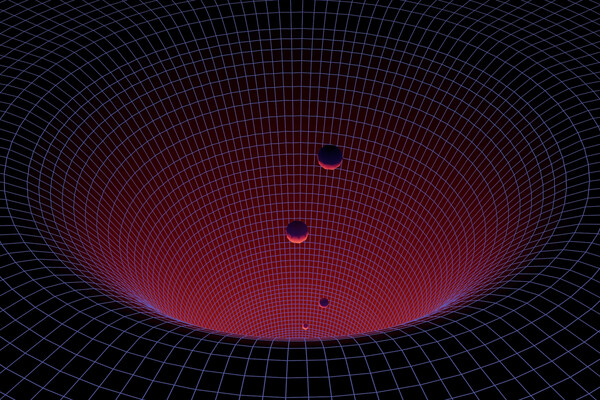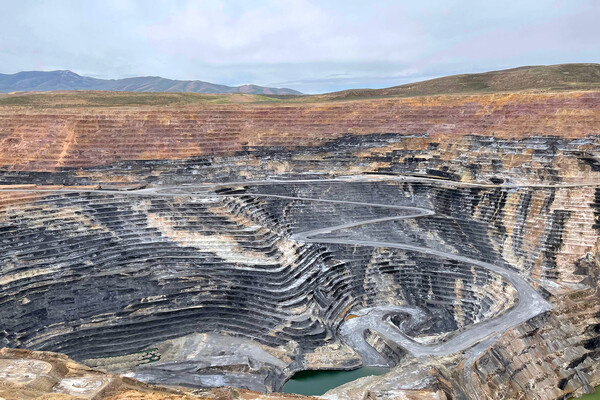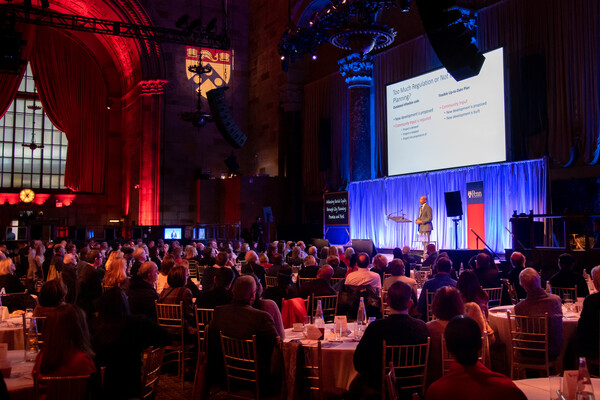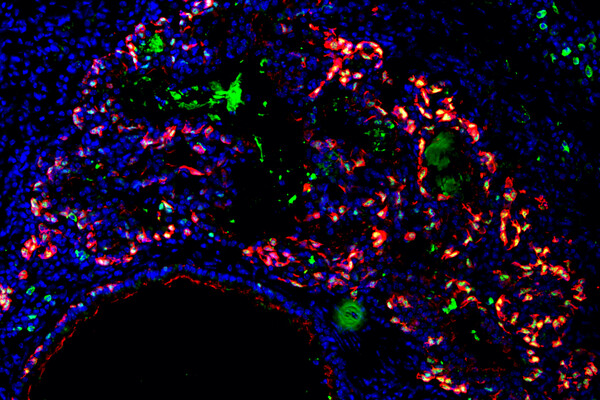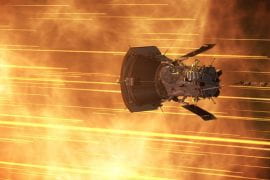Penn researchers have developed a new technique for aiding in the reconstruction of breast tissue following a mastectomy.
Latest News
Wormhole-like dynamics
Theoretical physicists Vijay Balasubramanian and Jonathan Heckman of the School of Arts & Sciences speak with Penn Today to explain the implications of new research claiming to have observed wormhole-like teleportation on a quantum computer.
Building Bridges and Ladders in Astrophysics: Theory and Experiment Inform the Equation of State
A theoretical analysis of recent findings in neutron star research suggests the possibility of a phase transition in these stars’ interiors.
Decoding the Proton’s Response to an External Electromagnetic Field
New measurements show the proton’s electromagnetic structure deviates from theoretical predictions.
What secrets might 2-million-year-old DNA hold?
Scientists from Denmark recently extracted and sequenced the oldest-ever DNA, from permafrost in Greenland, revealing a robust ecosystem of 135 species. Penn Today spoke with four faculty members about the potential power of ancient DNA.
Turning carbon emissions into rocks
In Penn’s Clean Energy Conversions Lab, researcher Peter Psarras and colleagues are repurposing waste from industrial mines, storing carbon pulled from the atmosphere into newly formed rock.
Deblurring Can Reveal 3D Features of Heavy-Ion Collisions
Deblurring, practiced in optics, can reveal three-dimensional features of nuclear collisions.
At Engaging Minds, three Penn Integrates Knowledge Professors take the stage
Alumni heard Lance Freeman examine racial equity in city planning, Dolores Albarracín talk about how conspiracy theories take hold, and Kevin Johnson discuss the importance of clear science communication.
A target for improving recovery from lung injury
After a bout of severe respiratory disease, some patients never fully recover. New research from the School of Veterinary Medicine identifies a factor responsible for inappropriate tissue regrowth after infection, pointing to a possible therapeutic target.
UCI physicist proposes new experiment to detect dark matter in our solar system
SpaceQ mission involves atomic clocks on spacecraft placed close to the sun



